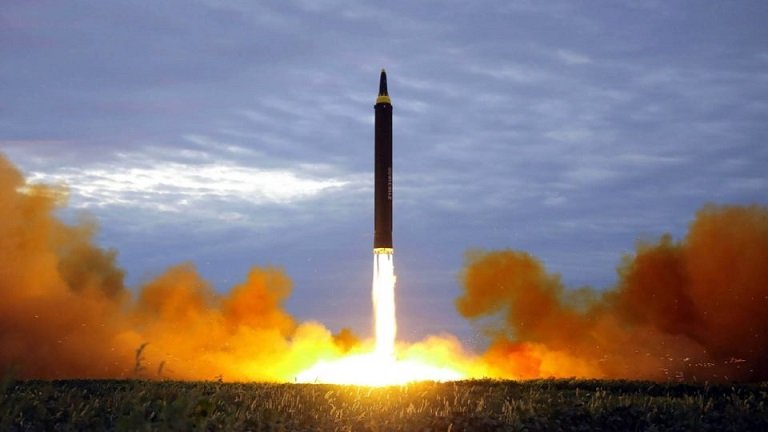Following the success of India’s moon landing, the country’s space agency launched a rocket to explore the sun in its maiden solar mission on Saturday.
A live feed on the Indian Space Research Organization’s (ISRO) website showed the rocket leaving a trail of smoke and fire while scientists applauded.
More than 860,000 people tuned in to watch the broadcast, and many more gathered at a viewing gallery near the launch site to see the probe’s liftoff, which will aim to investigate solar winds, which can generate disturbances on Earth known as auroras.
The Aditya-L1 spacecraft, named after the Hindi word for sun, set out barely a week after India beat Russia to become the first country to land on the moon’s south pole. While Russia had a more powerful rocket, India’s Chandrayaan-3 outlasted the Luna-25 to land perfectly.
Prime Minister Modi is advocating for India’s space missions to play a larger role in a global arena dominated by the US and China. “He wants to recreate India’s IT boom with space,” said a government official who did not want to be identified because he was not authorized to talk on behalf of Modi’s office.
“We have ensured that we will have a unique data set that is not currently available from any other mission,” said Sankar Subramanian, the project’s senior scientist.
“This will allow us to understand the sun, its dynamics, as well as the inner heliosphere, which is an important element for current-day technology, as well as space-weather aspects,” he added.
The Aditya-L1 is designed to reach 1.5 million kilometres (930,000 miles) in four months, falling well short of the sun, which is 150 million kilometres away. It is designed to come to a halt in space at a Lagrange Point, where objects tend to stay still due to balanced gravity forces, lowering fuel consumption for the spaceship.
Somak Raychaudhury, who was engaged in developing some components of the observatory, said the project has the potential to make a “big bang in terms of science,” adding that energetic particles emitted by the sun can damage satellites that govern communications on Earth.
“There have been instances when major communications have been disrupted due to a satellite being hit by a large corona emission.” Satellites in low earth orbit are the primary focus of global private companies, making the Aditya-L1 mission critical,” he said.
Scientists want to learn more about the effects of solar radiation on the hundreds of satellites in orbit, a number that is growing due to the success of projects such as Elon Musk’s SpaceX’s Starlink communications network.

“Because of private participation, low earth orbit has been heavily polluted, so understanding how to safeguard satellites there will be especially important in today’s space environment,” said Rama Rao Nidamanuri, head of the department of earth and space sciences at the Indian Institute of Space Science and Technology.
ISRO scientists believe that data from the project will help them better understand the sun’s impact on Earth’s climate patterns and the origins of solar wind, the stream of particles that flows from the sun across the solar system.
Under Modi’s leadership, India has privatized space launches and plans to open the sector to foreign investment as it seeks to more than fivefold its share of the worldwide launch market over the next decade.
As space becomes a global business, the country is counting on ISRO’s success to demonstrate its capabilities in the field.











